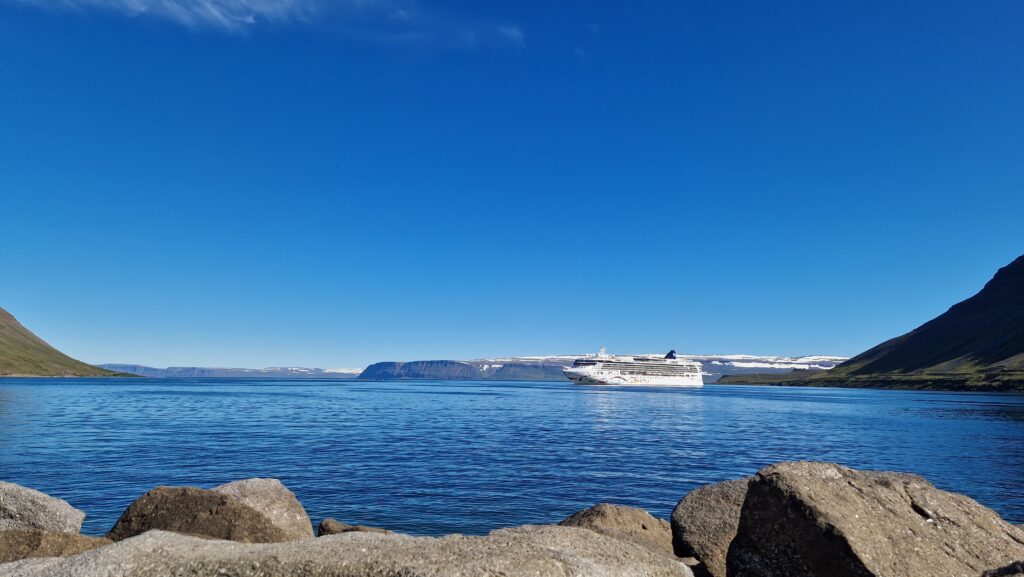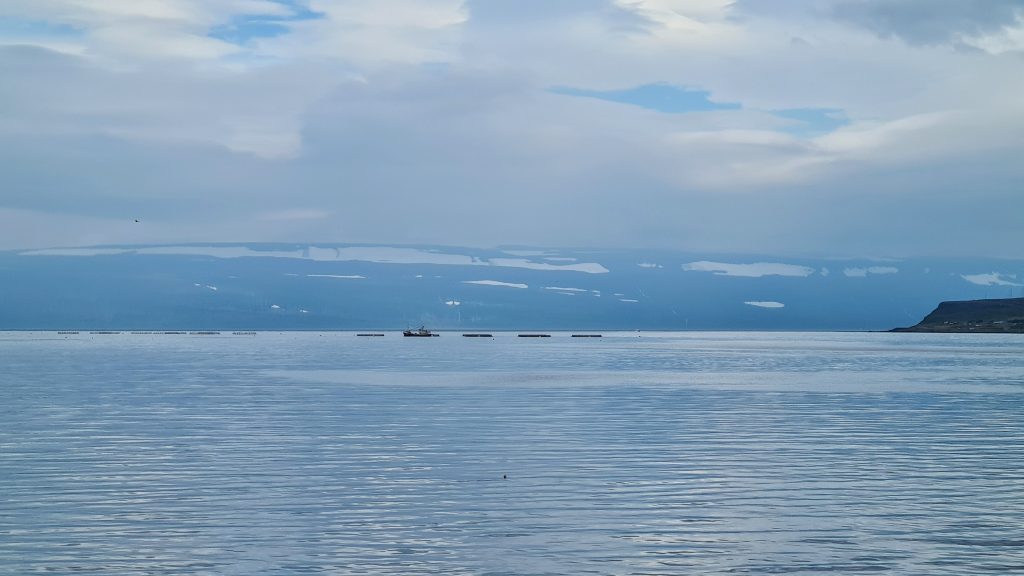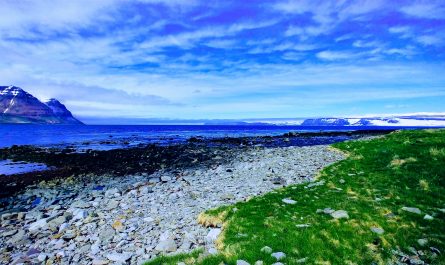It’s important to think about how to protect and improve human societies and the environment without affecting the people living now or those who will live in the future.
Since fish farming has grown and done well in the Westfjords, the number of people living there has started to rise again after many years of falling. There has been a lot of talk about this industry, which in many ways is based on protecting the environment and can use cutting-edge technology to avoid unintended effects. That’s where the food for thought I mentioned earlier comes in. Does the environment take precedence over human societies? Let us investigate this further.
From an objective standpoint, both the environment and the well-being of human populations are critical and intertwined, and one cannot survive without the other.
The environment offers the resources and ecosystem services that support the health and well-being of human communities, such as clean air, water, food, and climate regulation. Simultaneously, human communities have an impact on the environment through acts such as resource consumption, pollution, and land use change.
As a result, it is critical to strike a balance between human community needs and environmental sustainability and protection. Sustainable development, which tries to meet the needs of the present without putting the ability of future generations to meet their own needs at risk, gives us a way to reach this balance.
Striking a balance between human demands and environmental sustainability necessitates a multifaceted, integrated approach that considers a variety of elements, including economic, social, and environmental considerations. Here are some ideas for balancing human community demands with environmental sustainability and protection:
- Sustainable development is an approach that prioritizes the demands of the present without compromising those of future generations. We may balance economic, social, and environmental issues in decision-making by using sustainable development techniques.
- Preserving and conserving natural resources such as water, air, and biodiversity is critical for environmental sustainability. To preserve the availability of natural resources for future generations, it is critical to encourage their sustainable use and management.
- Green technology and sustainable energy sources can assist to decrease environmental consequences like greenhouse gas emissions while also bringing economic benefits like job development and energy security.
- Sustainable consumption and production practices strive to reduce waste and enhance resource efficiency, as well as to reduce environmental impacts and improve economic efficiency.
- Participation and engagement in the community are critical for attaining sustainable development. Local communities must be involved in decision-making processes, encouraging ownership and empowerment, and ensuring that their needs and concerns are addressed.
In the end, balancing the needs of people with the needs of the environment requires an integrated approach that takes into account economic, social, and environmental factors. We can reach this balance and make sure everyone has a sustainable future by promoting the conservation and preservation of natural resources, fostering green technologies, promoting sustainable consumption and production, and encouraging community engagement and participation. Based on this, I think that fish farming in the Westfjords can grow in a way that is good for the environment and the people who live there if these ideas are kept in mind when it comes to how it works and how it interacts with nature.




